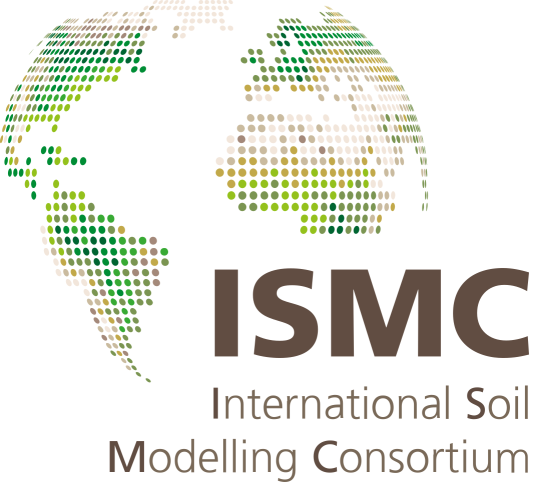ISMC2021-6
Modeling surface runoff and soil erosion at various scales: data, process, and mathematical representation
Conveners:
Shmuel Assouline,
Li Chen,
Xianli Xu
|
Co-Conveners:
Arnaud Temme,
Tiejun Wang,
Peter Finke
Oral
|
Fri, 21 May, 15:00–16:30 (CEST)
Interactive
|
Attendance Fri, 21 May, 16:30–18:00 (CEST)
Oral: Fri, 21 May, 15:00–16:30
Chairpersons: Li Chen, Shmuel Assouline, Xianli Xu
15:30–15:45
|
ISMC2021-55

